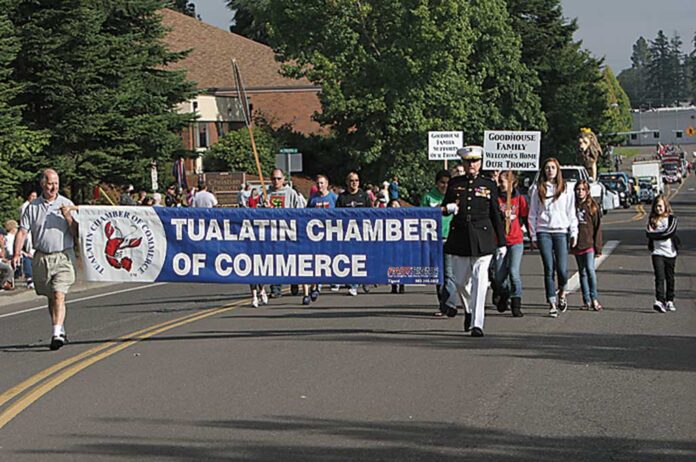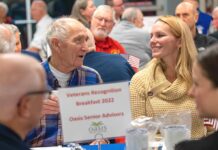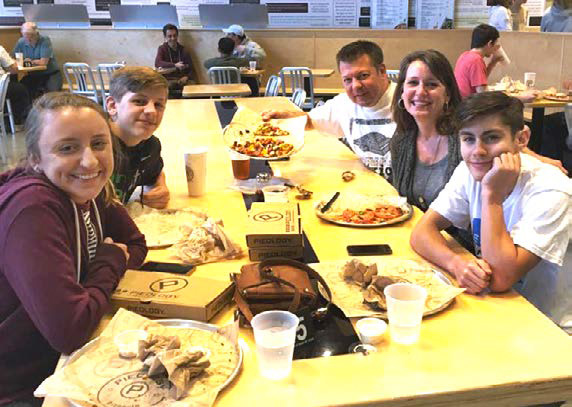
In my last column, I indicated that I wanted to initially focus on the Veteran’s Administration and give primary attention to one of its primary functions; healing veterans physically or mentally injured while in military service. It is common knowledge that in previous wars, those signing up for the military were assured by their recruiters that the government would take care of them if they were injured. That is a very difficult and expensive task.
But I first want to provide background on this issue. This benefits system for our country goes back to 1636, when the Pilgrims of Plymouth County were fighting the Peguot Indians. The Pilgrims passed a law providing support for disabled soldiers.
Then the 1776 Continental Congress provided pensions for soldiers disabled during the Revolutionary War. Direct medical and hospital care was given to veterans in the early days of the Republic by many states and communities.
In 1811, the federal government provided the first veterans domiciliary and medical facility. Then in the 19th century, care was expanded to include benefits and pensions for widows and dependents.
After the Civil War, more care was provided. When the US entered World War I in 1917, Congress passed more comprehensive veterans benefits. These were administered by several different federal agencies. The Veteran’s Administration was established in 1930, under Brigadier General Frank T. Hines.
The responsibilities and benefits programs of the VA grew enormously during the following six decades. World War II resulted in not only a vast increase in veterans population, but in the large number of new benefits enacted by Congress. This included the GI bill – which is said to have had more impact on the American way of life than any law since the Homestead Act. Further education assistance acts were passed for the benefit of veterans of the Korean conflict, the Vietnam Era, Persian Gulf War, and the All-Volunteer Force.
The Department of Veteran Affairs reached Cabinet-level position on March 15, 1989. President Bush hailed the creation of the new Department saying “There is only one place for the veterans of America, in the Cabinet Room, at the table with the President of the United States of America.” Thus, our country has the most comprehensive veteran’s assistance program in the world.
Tualatin has more than 2,000 military veterans. All who served in war zones were affected in one way or another. I will be discussing some of those issues in my next columns.



















